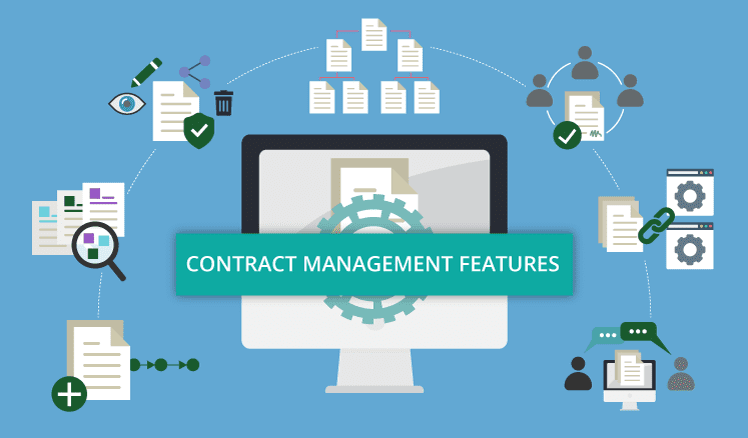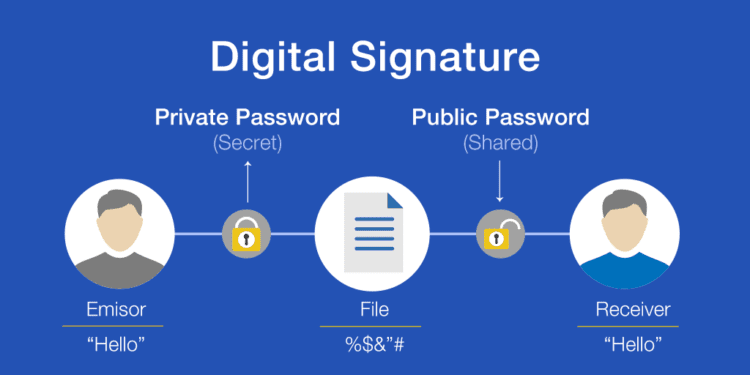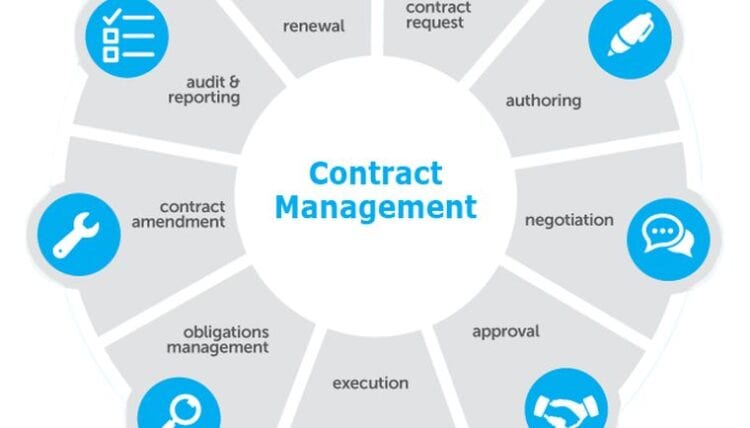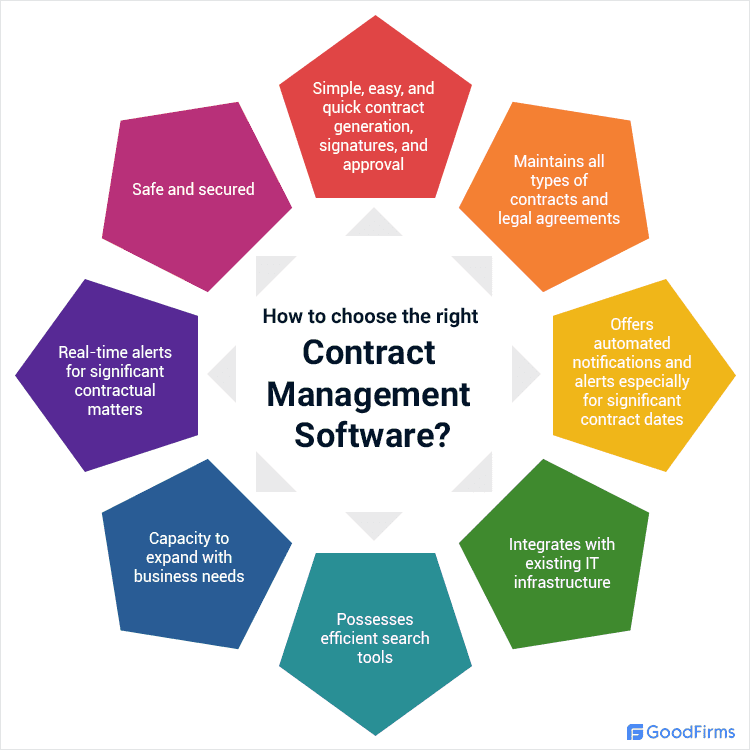In many ways, contracts are the basis of business operations. Customer service, supplier deliverables, employee obligations, and real estate terms are just a few of the many critical business functions stipulated in legal agreements. The purpose of the contract is to protect the business against legal and financial risks, but inefficient management processes usually have the opposite effect.
The way a business creates, negotiates, executes, and stores legal documents is called the contract management process. As your business grows, so does the number of contracts you need to maintain your day-to-day operations. The inefficiency of the contract management process can have a negative impact on the company’s profit and loss, but with the help of automated tools and solutions, the company effectively simplifies the contract management process; therefore, operating costs can save money and reduce risk.
Stage of the contract management process

The contract management process is a complex workflow that typically involves multiple teams and dozens of employees. The larger the company, the more complex the contract management process. By breaking this down into steps, businesses can better seize opportunities and improve the efficiency of document flow throughout the organization. The steps to configure the contract management process are as follows:
Claim
When a business needs to sign a legal contract with a third party (such as a customer, seller, employee, government department, or property owner), the contract management process begins. The parties usually negotiate the documents used to draft the initial version of the contract.
Create

Sales teams need to effectively communicate required terms and conditions to lawyers or contract managers. The lawyer or contract manager will incorporate these conditions into the first draft. Most lawyers start with a template or master key and further customize it with the specific terms that apply to the contract.
Negotiation
Once you’ve created your first draft, send it to the other contract or legal team for review. At this point, there are almost always negotiations. The parties take turns renegotiating the agreement until expectations are met. If the two legal teams disagree with the terms after several redline corrections, they often meet to discuss the outstanding issues.
Accept
Since contracts are typically associated with significant business transactions or large amounts of funding, companies usually require the final contract to go through an internal chain of approval before it is officially signed. Approval chains typically consist of a manager, director, or manager, and the length of the chain ultimately depends on the size of the business.
Realize

After approval, the final draft will be sent to the corporate officers of the two companies for signature. Typically, digital signature platforms (such as DocuSign) are used to simplify the digital signature process and ensure that both companies receive and save a copy of the executed copy.
Shop
After signing the contract, it must be stored in a safe place and protected against unauthorized access. Many companies use cloud-based secure contract repositories with access control to protect their documents while making them accessible to key employees who need to find them quickly for reference.
Management
Business owners or managers are typically assigned to each contract to ensure that the conditions, schedules, and deliverables outlined in the contract are implemented. If an employer is not meeting their obligations for any reason, they can notify the contract or the legal team and discuss what to do to resolve the issue.
Amendments and addenda
Business relationships change naturally, so contracts often need to be adjusted. Companies can modify the links or write appendices to modify the terms of existing contracts. Contract reviews generally follow the same business process as the original contract.
Update
The contract has an automatic renewal date or an expiration date or is valid until canceled (evergreen). In either case, the entity must negotiate the change before the date specified in the contract. By automating this process through alerts and reminders, companies never miss a significant contract date.
Teams involved in the contract management process

When most people think of the contract management process, they usually associate it with work directly related to the legal team. The law has the most significant responsibility for contract management, but an effective strategy requires collaboration between departments of multiple teams within an organization.
Sales, business development, financial organizations, and purchasing teams can all play an essential role in negotiating transactions that require legal governance. Therefore, you must work closely with legal professionals to communicate the terms and expectations of a particular transaction. Equally important, you need to put your business first not to impose conditions or obligations that it can’t meet.
The finance team is usually responsible for enabling the company to meet its financial obligations related to the contract, so there is a need to oversee the entire contract management process from a budget perspective. The finance team must review and approve planned expenses, income, payment terms, or billing requirements before signing a contract.
In addition, managers and executives must oversee every step of the contract management process. They are responsible for understanding and accepting the business implications and associated financial risks, maintaining business relationships with third parties, approving final agreements, and ensuring that sensitive information can be stored securely.
How does the software simplify the contract management process?

The contract management process is complex and difficult to manage without some degree of automation. Shared drives, calendars, and spreadsheets may work temporarily during the initial startup phase, but these methods are not sustainable in the long term. ContractSafe.com allows teams to work together and provides tools that help automate all stages of the contract management process.
An intuitive and centralized platform helps legal teams simplify the management process’s request, creation, and negotiation phases. You can use version control tools to keep your changes from being overwritten and ensure that your team reviews the latest contracts during the negotiation process.
Some contract management platforms can be easily integrated with CRM and digital signature platforms to facilitate the approval and execution phase of the contracting process. Security and safety features (such as document encryption and user rights) help automate storage and management. Additionally, many contract platforms come with intuitive alerts and notifications that multiple departments can use to maintain automatic software contract renewals and track software delivery dates.

